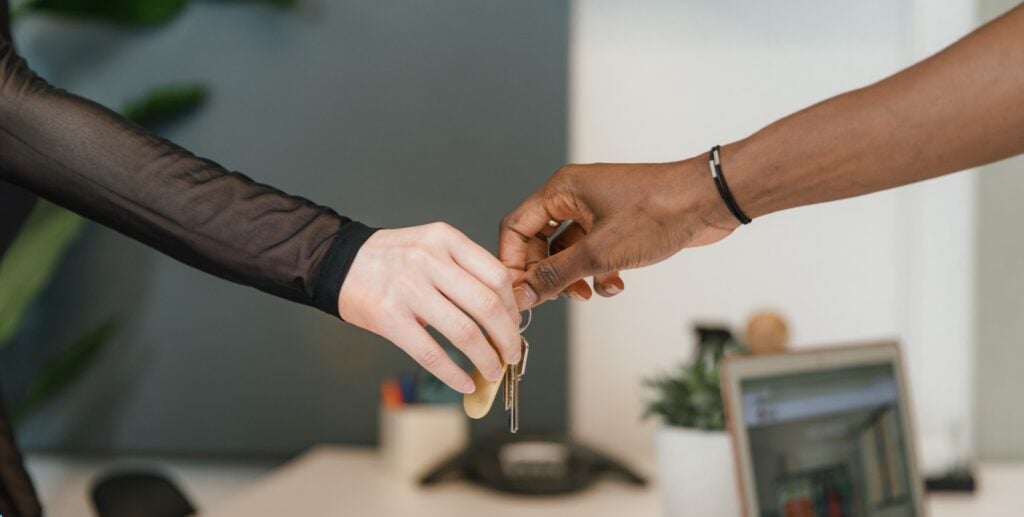Watch Out for These 1031 Exchange Nuances That Could Ground Your Deal to a Halt
After almost a year of personally going through the 1031 exchange process, I can say that I am now an expert in all things 1031, and you can trust me.
Many savvy investors know the main requirements of a successful 1031 exchange, which, when done correctly, allow you to defer substantial capital gains taxes. But when you actually dig into the process itself, you start to realize there’s a lot more under the hood than you may have seen at first blush. Here are some of the oft-overlooked finer points to keep in mind.
What Most People Know About 1031 Exchanges
- Your new property needs to be of equal or greater value than the property you’re selling.
- You have 45 days to identify a new property.
- You have 180 days to close on that new property.
But Wait, There’s More
Your sale price must include your mortgage
This is the rule that many forget. If you are selling a $500,000 property but still owe $200,000 on your mortgage, you must exchange it for a property that costs at least $500,000, which means you will likely need at least a $200,000 mortgage on the new property too.
Mind the boot
If you sell your first property for $500,000 and you buy your exchange property for $400,000, that $100,000 delta is called “the boot,” and you can expect to pay capital gains on it. Don’t do this. Make sure your purchased property is the same or greater value than the one you’re selling.
Your new property has to be in the U.S.
No exotic Côte d’Azur purchase—for this exchange, at least.
You must use a third party
When you sell your first property, all proceeds must be held in escrow by the third party. If you touch them in any way, even for a day, you lose all tax benefit.
You can buy multiple properties
You are required to identify up to three replacement properties in the 45 days after your initial property closes. But there are two exceptions:
1. You can actually identify more than three replacement properties as long as the total value of all your identified properties does not exceed 200% of the sales price of your original property.
2. You can identify as many properties as you like as long as, in the end, you acquire at least 95% of their total value. (Your intermediary helps you legally record your target properties.)
When you die, so does your capital gains obligation
Yes, the tax gains are technically deferred, but death saves your kids from having to pay any deferred capital gains tax on your behalf. They inherit the property, and your deferral obligation disappears.
Final Thoughts
When all is said and done, the 1031 is still an excellent way to preserve your hard-won equity and kick the tax can down the road. But make sure you investigate all the rules and understand all the loopholes backward and forwards. One wrong move and you forfeit all your gains!
Ready to succeed in real estate investing? Create a free BiggerPockets account to learn about investment strategies; ask questions and get answers from our community of +2 million members; connect with investor-friendly agents; and so much more.
Note By BiggerPockets: These are opinions written by the author and do not necessarily represent the opinions of BiggerPockets.

